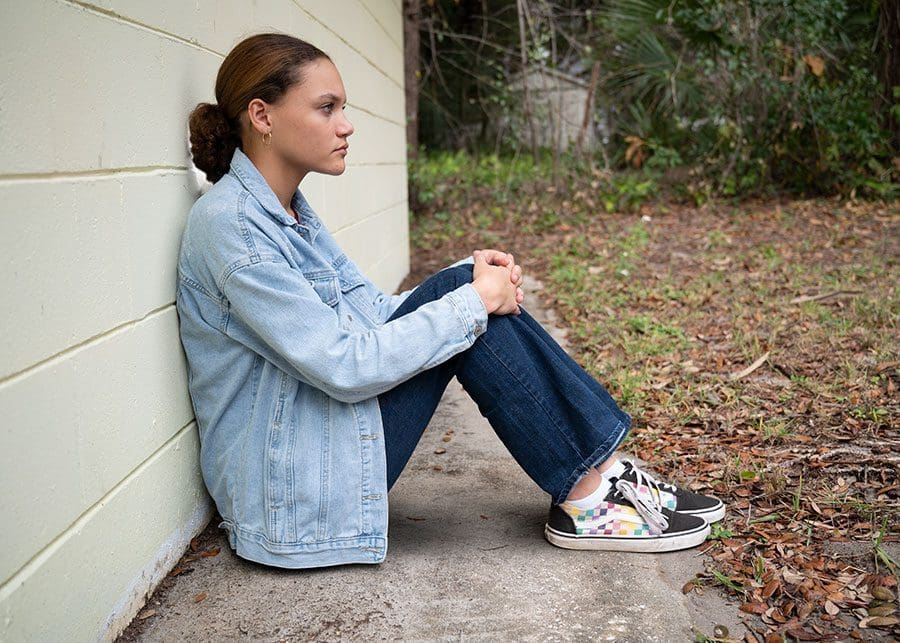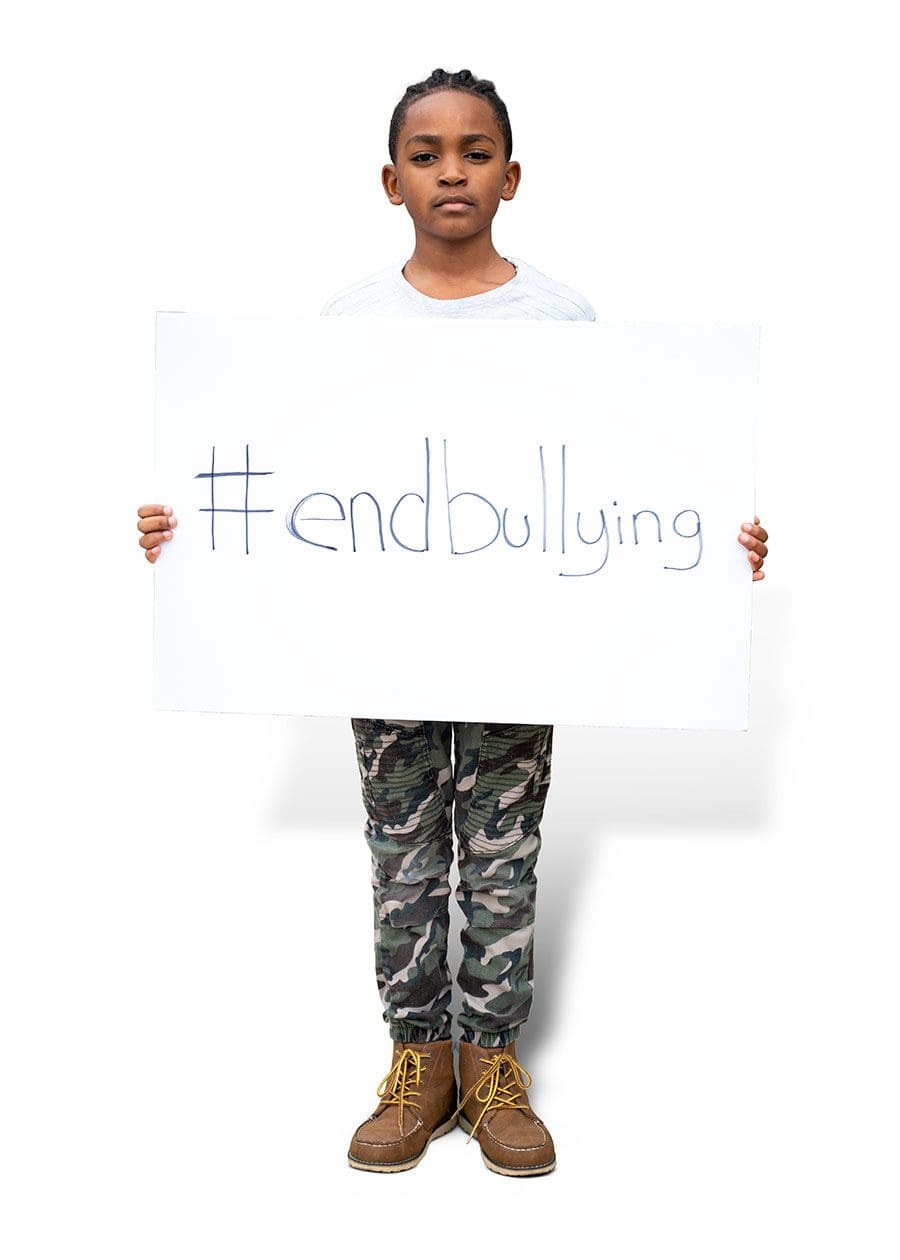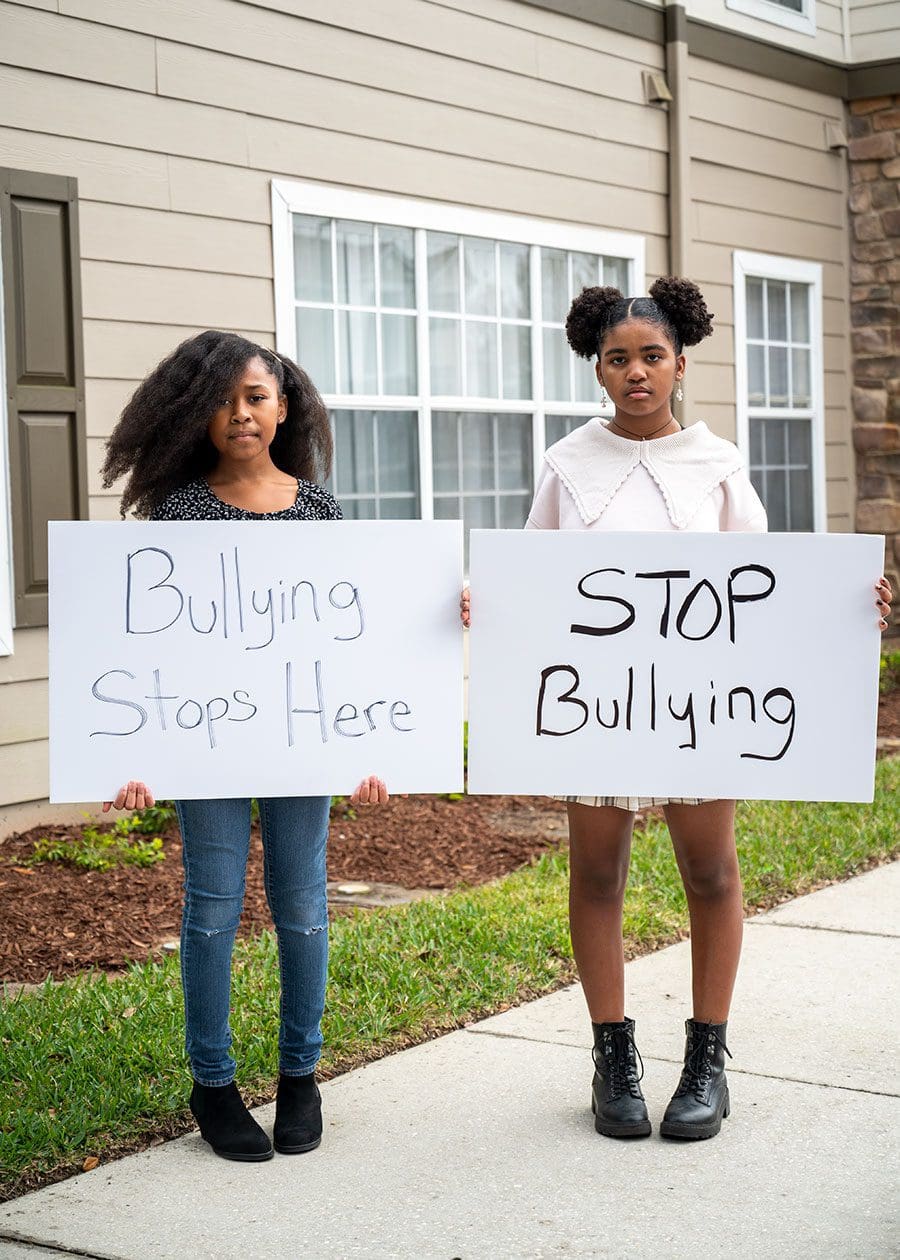
By Akers Editorial
The B Word – Bullying


Eli Long
Identifying an age-old problem in a new-age world.
Story and Photos: Cindy Peterson
From the beginning of time, bullying has been an issue that has plagued our society. Steadily, this violence has entered our schools, causing an increase in school shootings, suicide, depression, and self-harm. Gone are the days where bullies just stole your lunch money. According to the National Bullying Prevention Center (NBPC), one out of every five students report being bullied. With this new technological age, parents may not even know what their child is facing day to day.
How to know if your child is being bullied
While there is not a “one-size-fits-all” rule in identifying a bullying problem in a child’s life, there are some common indicators, according to Lt. Fred Jones of the Lake County Sheriff’s Office. Lt. Jones worked as a school resource deputy for more than 10 years and bullying was one of the major issues he saw from middle and high school students.
“It’s important for parents to stay in tune with what is going on in their child’s life,” Lt. Jones says. “I think the most important thing a parent can do is have a conversation with their child. Find out what is going on in their life and help them feel safe talking to you.”
In 2019, Lake County Schools supplied each public school with a mental health liaison to help address mental wellness in identifying at-risk students and getting them the help they need. Kimberly Capstraw, the mental health liaison at Mount Dora High School, says that bullying can lead to anxiety, depression, panic attacks, cutting or self-harm, and suicide.
“I’m on campus every day and I talk to the students about how it really effects them,” Kimberly says. “It creates some deep-rooted feelings that sometimes need to be expressed during counseling. Students are bullied for a variety of reasons; how they look, dress, act, or even their gender identity is a big one these days.”
According to Kimberly, students who are regularly bullied will begin to avoid situations by skipping certain classes, avoiding bathrooms or places where they are alone, and sometimes take out their emotions by hurting themselves.
“Most students don’t reach out for help immediately,” says Kimberly. “Most of the time their friends or teachers will see the warning signs and reach out to their mental health liaison or school counselor who will speak with the student and their parents.”
Some warning signs include:
- Depression
- Lack of interest in things they used to enjoy
- Skipping school or missing a specific class regularly
- Physical signs such as bruising or unexplained injury
- Significant drop in grades
- Any hints or joking about harming themselves
- Lack of interest in socializing

Tanna Peters
How to know if your child IS the bully
Knowing if your child is the bully is a lot harder to identify, but the bullies have to be someone’s child. While it’s easy to believe that it’s probably the kid who had a deadbeat father and the mother works too many jobs to pay attention, that isn’t the case, the majority of the time. In fact, according to the NBPC, most parents are surprised when they find out their child has been harassing others. But identifying and correcting this issue is just as important for their development as if they were being bullied themselves.
“It’s important to understand that the long-term effects of bullying,” Lt. Jones says. “In all reality, bullying is breaking the law. Simple battery is unwanted touch. Then there’s harassment. If kids are not dealing with issues in a healthy way in their teen years, as adults they will react the same way and it will land them in jail. The root of the problem must be addressed.”
Some warning signs include:
- Lack of respect for others
- Previously a victim of bullying
- No responsibility for their actions
- Always wanting to be in control
- An “I’m always right” attitude
- Lack of empathy
- Violent or hot-tempered nature
- Obsessed with social status
Cyberbullying: Bullying in a New Age
Cyberbullying is described as “willful and repeated harm inflicted through the use of computers, cell phones, and other electronic devices.” With the rise of social media, cyberbullying has become a problem among students as young as nine years old. Not only is there a pressure to constantly post the latest fashions and trends, but internet trolls can knock down a child’s self-esteem at all hours of the day. To make matters worse, these incidents aren’t something a student can simply run away from. Videos and photos can go viral and reach thousands of people in the matter of minutes.
According to the NBPA, cyberbullying incidents have doubled from 2007 to 2019, rising to 37% (1 in 3) of students. It was also noted that those who are cyberbullied are also likely to be being bullied offline as well. One thing to note is that bullying is a suspensible offense, whether it happens on or off campus.
Teens are constantly connected to technology which makes them an easy target. Kimberly says that many parents are unaware of the dangers, especially when they think their child is asleep but can be on their phones until 1 or 2 a.m.
Sticks and stone may break bones, but words do hurt. Ignoring cyberbullying may be hurting a child more than we think. However, intervening online can be even more difficult than if a child was being hurt physically. Talking with your child and creating a comfortable environment for them is one the best steps taken in resolving any issues.
There are also ways to monitor your child’s online activity through specific software and apps, though it is recommended to begin with their active participation so as not to make them feel distrusted.
“Some parents feel like it is invading their privacy, but our kids need us to look out for them,” Kimberly says. “It gives parents a window into their child’s life to be able to talk to them about appropriate behavior and what to do if someone is bullying them. Our goal is to keep kids safe.”
Apps most reported with cyberbullying include:
- YouTube
- TikTok
- Snapchat
- Discord
- Google classroom
- Twitch

Dallas Long and Amiyah Long
Effects of Bullying
It has been suggested that “bullying builds character” or toughens you up. However, bullying can have an extreme effect on child development and mental health that can follow them into adulthood.
“I spoke with a student that had been bullied as a teenager,” Lt. Jones says. “She told me how hard it was for her to go to job interviews because of the anxiety and no feeling of self-worth she experienced. It was really hard to see how something that happened more than 10 years still has its effects.”
But bullying can affect everyone from those who are bullied, those who are the bully and even those who witness bullying. According to StopBullying.gov, kids who are bullied can experience negative physical, social, emotional, academic, and mental health issues. Kids who bully others often leads them to abuse alcohol and drugs, fighting, vandalizing, dropping out of school, early sexual activity, domestic abuse, and criminal convictions. Bystanders have also been proven to have an increase in the use of alcohol, tobacco, and other drugs and mental health problems such as depression and anxiety.
Effects can include:
- Low self-esteem
- Depression
- Anger issues
- Violence against others or self
- Suicide
- Anti-social skills
- Early sexual activity
- Anxiety
- Substance Abuse
- Criminal convictions
Who is more susceptible to bullying?
24%
Female students
17%
Male students
23%
African American students
23%
Caucasian students
16%
Hispanic students
7%
Asian students
70%
LGBTQ students
35%
Students with behavior disorders
34%
Students with autism
24%
Students with learning disabilities
20%
Students with health impairments
Source: statistics from the National Bullying Prevention Center
Getting Help
At a point that a child comes to you for help, be appreciative. Many will never reach out. Getting the right help can make all the difference in that child’s life.
“See something, say something,” Lt. Jones says. “It’s so important to intervene if you see something and help the child know that this is not their fault. Your school resource officer is there to ensure every kid is safe and that includes from bullying. Don’t be afraid to say something.”
However, sometimes kids will feel embarrassed or uncomfortable talking with adults so Mount Dora High School created the You Are Not Alone program, where student peers are trained to promote mental health and be a listening ear when a fellow student needs help.
“These kids attend a five-hour training course to help them identify warning signs in their peers,” Kimberly says. “They wear a purple lanyard at school so kids know that they are open and available to talk with them about any issues they may be facing.”
Many other schools in the district have created similar anti-bullying programs.
Parents are encouraged to speak to their children or make an appointment with their child’s school mental health liaison or guidance counselor if they begin to see any warning signs in their child’s life.
Together, we can build a better tomorrow by getting kids the help they need today.
Additional resources:
- stopbullying.com
- pacer.org/bullying
- KidsAgainstBullying.org
- TeensAgainstBullying.org
- Call 1-800-273-8255 (TALK)
- cyberbullying.org







